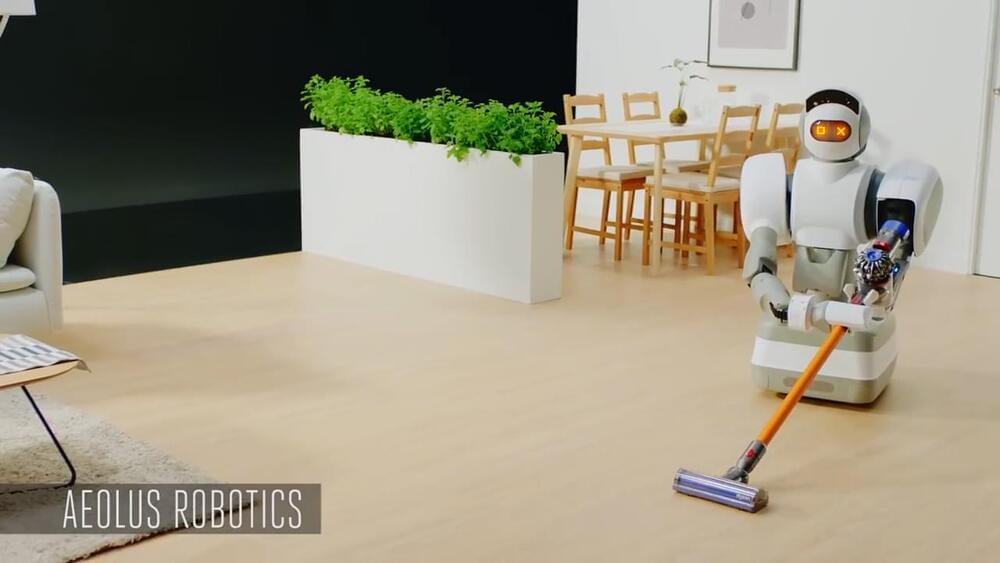
Project Harbour Club, by Levs Architecten, is an interesting new development in Amsterdam that involved renovating and extending a shipping terminal originally constructed in 1901. Most notably, the project transformed former industrial wine silos that were located on the site into unique rooftop homes.
Project Harbour Club is located in Amsterdam’s Cruquiuseiland, in the city’s eastern docklands. It’s made up of the original dock terminal building, a new entrance, a six-story L-shaped residential building that slots neatly into the site, and the three silo homes.
The silos were originally used to store bulk wine for the Dutch market. To make them safe for people to live in, they were first carefully cleared of any traces of harmful residues, had insulation fitted, generous glazing cut into place, and a comfortable and light-filled interior installed. This is spread over three floors and contains a dining area, kitchen, living room, bedroom, and bathroom.

















